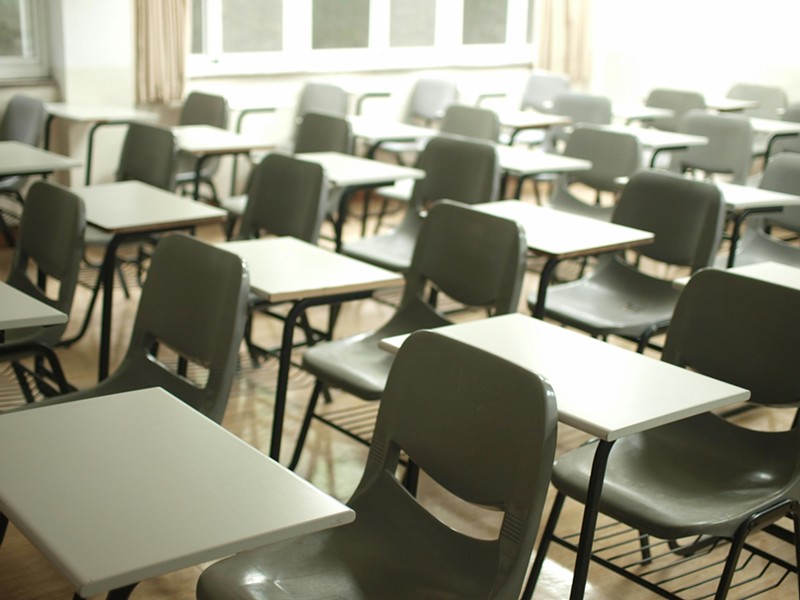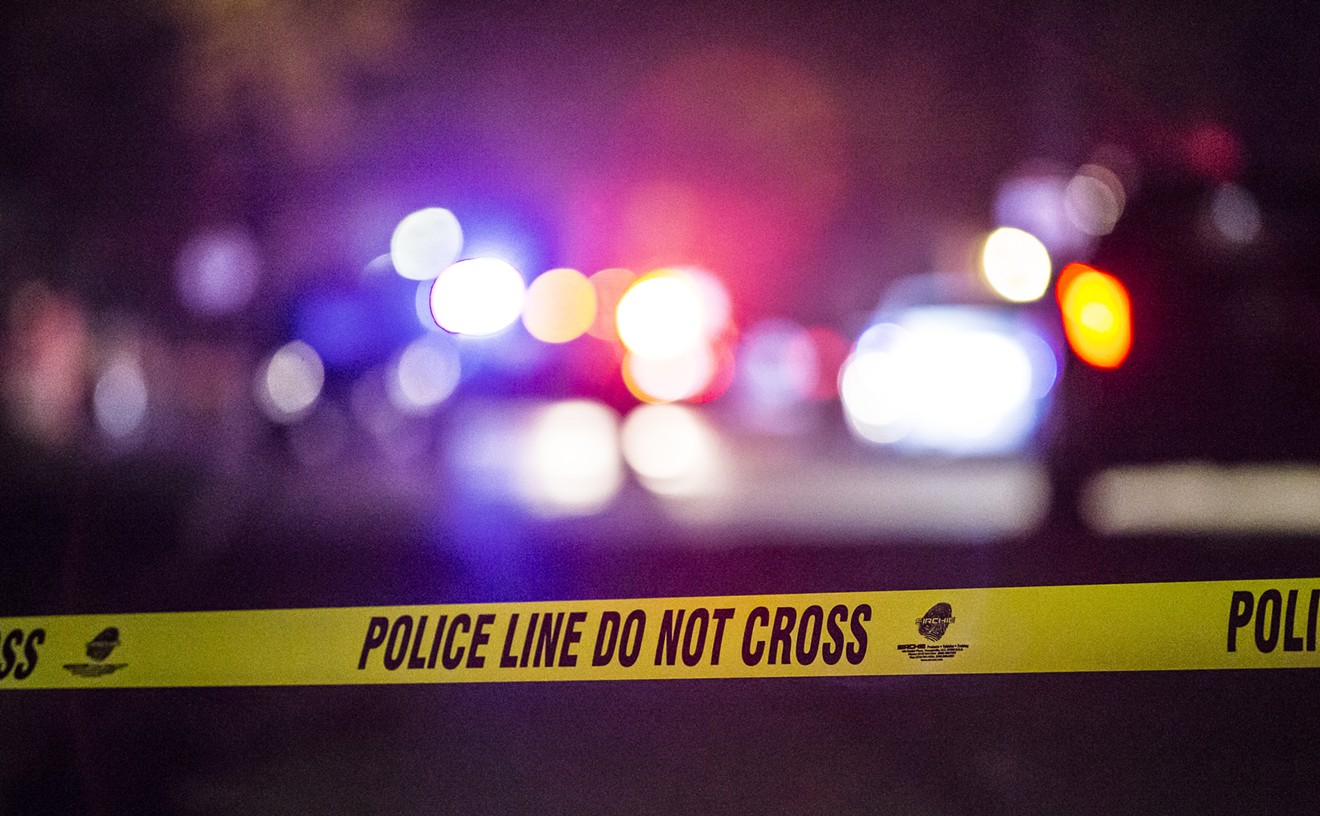The Academy for Academic Excellence was started in 1999 to provide educational services to all students residing in a Dallas County Juvenile Department institution and transitioning out of residential placement to their home. There are four such campuses in the Dallas County Juvenile Department academy, each of which offer special education classes in addition to an array of other learning opportunities.
After a classroom assessment, each student receives instruction in core subjects, such as math, science, English/language arts and social studies. Generally, classes at the Dallas County Juvenile Justice Campus are capped at 12 students, who attend from 8 a.m. to 3 p.m., Monday through Friday.
Day Reporting Center is a transitional campus that provides students an academic environment meant to help them transition back into a traditional school setting. This campus offers regular academic programming for grades 6–12, as well as GED preparation.
At the Youth Village and Medlock campuses, which have been recently approved for expansion by the county, students can get vocational training in construction, welding and culinary arts. There’s also the Letot Center, a residential emergency shelter that operates 24 hours a day and can accommodate 10 boys and 24 girls. The academy’s educational services are also offered to youths staying at the Letot Center.
The people teaching at the campuses range from first-time educators to retired teachers from local school districts. Teaching can be challenging in any setting, Ramos said, but there are additional obstacles to teaching incarcerated youth, some of whom haven’t been to a traditional school in years. “We’re feeling the educational gap,” Ramos said. “That’s a challenge, as well as such a rewarding experience when you catch someone up.”“We’re feeling the educational gap." – Karen Ramos, Dallas County Juvenile Department
tweet this
Where the county’s juvenile services really shine, as far as Ramos sees it, is in vocational training, special education and English as a second language classes. On top of training for vocations in areas such as construction, welding and the culinary arts, the county will also start providing teaching on floral design soon.
“Because our classes are smaller, we’re able to provide a lot of individual or small group work to help kids learn faster, pick up missing skills, all of those things,” Ramos said.
What would make the job easier? Even teachers at traditional schools are saying it: more money from the government. Ramos hopes this will be addressed in the upcoming legislative session.
“Since 2019, there’s not been an increase in per student funding, even though everything has gone up,” she said. “Whether it’s a case of papers or a box of pencils, it costs more than it did in 2019.”
A 2022 paper in the College of Safety & Emergency Services Academic Journal identifies some problems with educating incarcerated youth. To be clear, in this area, Dallas County isn't alone.
In 2019, there were about 48,000 youth confined to juvenile and adult correctional facilities in the U.S. on any given day. These individuals have a right to learning that is comparable to traditional education, the paper says. Adolescents entering the juvenile justice education system have lower academic achievement than students in traditional schools. Among the problems these youth face are grade repetition and learning disabilities.
The National Juvenile Network estimated that some 70% of juvenile offenders have learning disabilities, a population that is also more likely to have emotional or substance abuse issues, according to the paper. Racial and ethnic minorities are also overrepresented in the juvenile justice system. The network also argues that these educational services are substandard and generally don't align with state curricula, creating issues for students who are trying to transfer back to their home school districts.
While it can be difficult educating kids in jail, there are success stories coming out of the Dallas County Juvenile Department, Ramos said.
“We have kids that end up being very successful,” she said. “I have a phone call that I’m going to have to return in a little bit of a kid that is now grown up, has graduated, owns a business, and he says ‘It’s because I attended and got my life turned around.’ So, those kinds of things where kids graduate and are rehabilitated and go on to become productive citizens, that’s something that people need to realize because it really does happen.”













